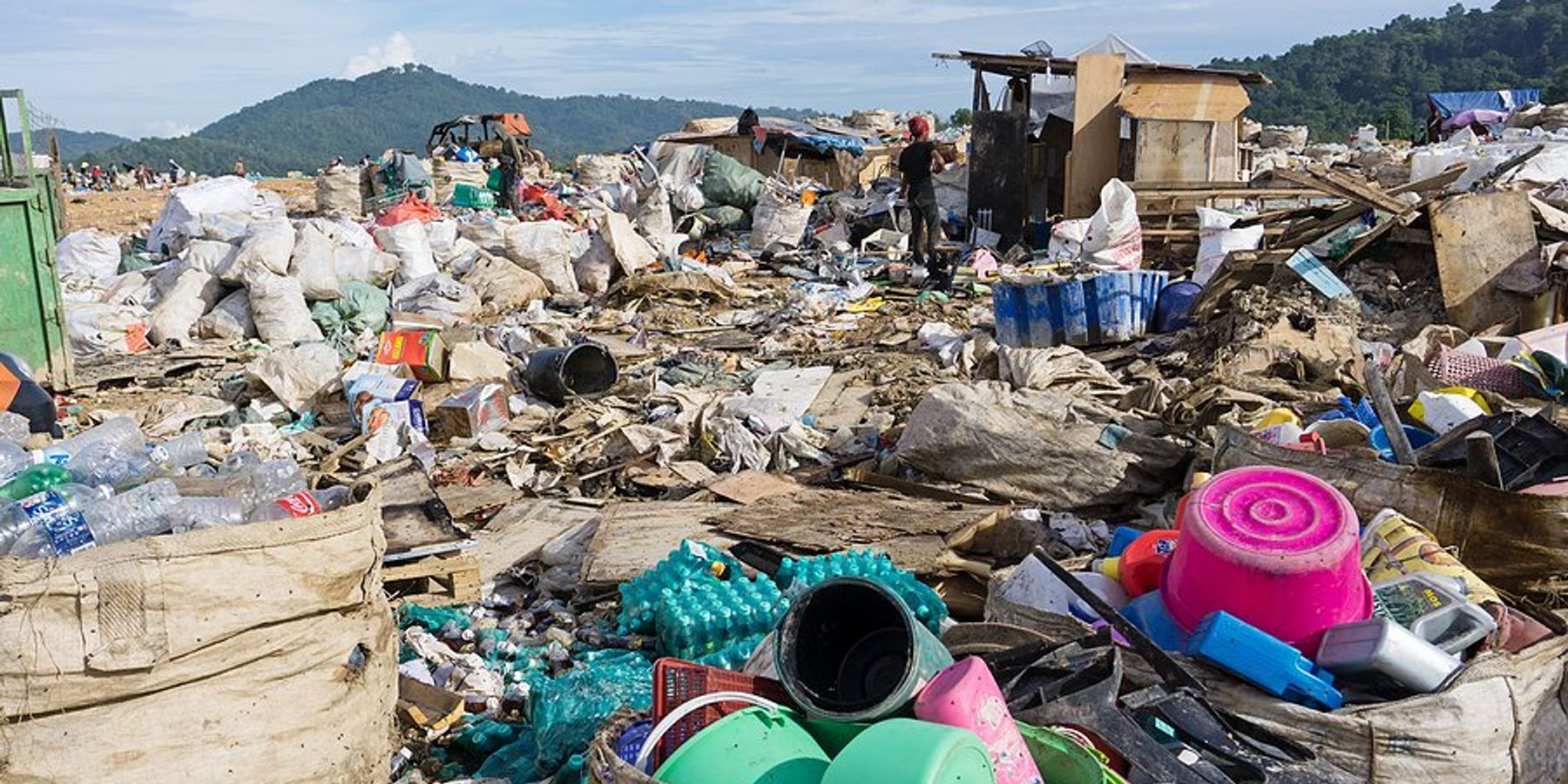
Centering biodiversity and social justice in overhauling the global food system
“The food system is the single largest economic sector causing the transgressing of planetary boundaries.”
STOCKHOLM—With new evidence that human activity has pushed beyond limits needed to preserve ecosystems, the impact of food systems across the globe needs to be reassessed, according to scientists.
For that reason, researchers decided to work on a second version of the EAT-Lancet Commission, an ambitious report that in 2019 created the first assessment of what food systems should look like in order to promote human health without destroying Earth.
The next report, called the EAT Lancet 2.0 that launched at the Stockholm+50 conference earlier this month, will expand on the previous version’s goal of creating resilient food systems in the face of pollution, climate change, pandemics, and armed conflicts. The work of the commission provides a scientific target for global food systems—specifically diets and farming—that can help countries achieve sustainable development goals and keep carbon emissions under the limits established by the Paris Agreement.
The new report will update numbers on the food system’s impacts on biodiversity, the impacts of pollutants—including pesticides, herbicides, and microplastics – in the marine ecosystem, and what a transition to a healthy diet for humans looks like. Unlike the first report, these suggestions will take into account culinary traditions, cultural differences, and environmental justice.
There is an “urgent need to put the science in front of all the decision makers on the safe boundaries of the food system,” said Johan Rockstrom at the conference. Rockstrom is director of the Potsdam Institute for Climate Impact Research and professor in Earth System Science at the University of Potsdam and environmental science at the Stockholm Resilience Center and one of the co-chairs of the EAT-Lancet commission.
Planetary boundaries
It’s hard to give a clear, actionable path toward a sustainable food system. There’s no “1.5-degree target” for food systems, like the one included in the Paris Agreement for global temperatures, and mechanisms like an Intergovernmental Panel on Climate Change (IPCC) don’t exist for all the actors and sectors engaged in the global food system. In 2019, researchers from all over the world created the EAT-Lancet Commission to address this.
Leading scientists in nutrition, food science, agriculture, economics, and social science came together to figure out the impacts of current food systems on Earth’s planetary boundaries, which are global thresholds of nine biophysical processes of the Earth (things like ocean acidity, the accumulation of carbon dioxide in the atmosphere or the nitrogen cycle) that should not be exceeded so humanity can thrive and ecosystems can be preserved. The goal was to figure out what kind of human diet could keep us within these limits.
The initial report from the EAT-Lancet Commission on food, planet, health showed that four of nine planetary boundaries had been crossed because of human activity. Rockstrom said at the conference earlier this month that growing evidence shows the situation has become more severe—an article published in Nature in April 2022 suggests that a sixth planetary boundary has now been crossed.
“We continue to move in the wrong direction,” Rockstrom said, even as humanity enters the “most decisive decade” for its future. “The food system is the single largest economic sector causing the transgressing of planetary boundaries,” he added.
Including pollution, biodiversity, and equity
The beneficial impacts of healthy diets on human and planetary health could be significant, according to the commission’s first report. They found that feeding 10 billion people healthy diets within sustainable limits—that includes plant-based foods and low amounts of meat and highly processed foods—is not only possible, but can help prevent more than 11 million premature adult deaths per year.
The next report is expected in 2024, and it’ll include key changes. First, it’ll quantify the impacts of food systems on biodiversity—not just species extinction, but how food systems are threatening the stability of big ecosystems including the Amazon rainforest and wetlands, grasslands, and savannah systems.
The biodiversity lens will expand to the commission’s recommendations, as this time the report will not just consider the quantity of food available, but its quality and diversity, including its nutrient quality and its safety, said Shakuntala Thilsted at the conference. Thilsted is the Global Lead for Nutrition and Public Health at WorldFish and co-chair of the EAT-Lancet Commission.
Additionally, it’ll include the impacts of pollutants including pesticides, herbicides, and microplastics in the marine system, which was missing in the first report due to data availability, Rockstrom said.
Crucially, the next report will integrate the scientific consensus reached by the commission with dietary traditions of countries around the world. Thilstead said that the commission will invite new discussions regarding social justice and equity to ensure diverse, healthy, and sustainable diets for all people, including the poor and the vulnerable.
Including these two aspects could strengthen the reach of the report and acceptance of the commission, she added. The goal, she said, is to “leave no one behind.”













